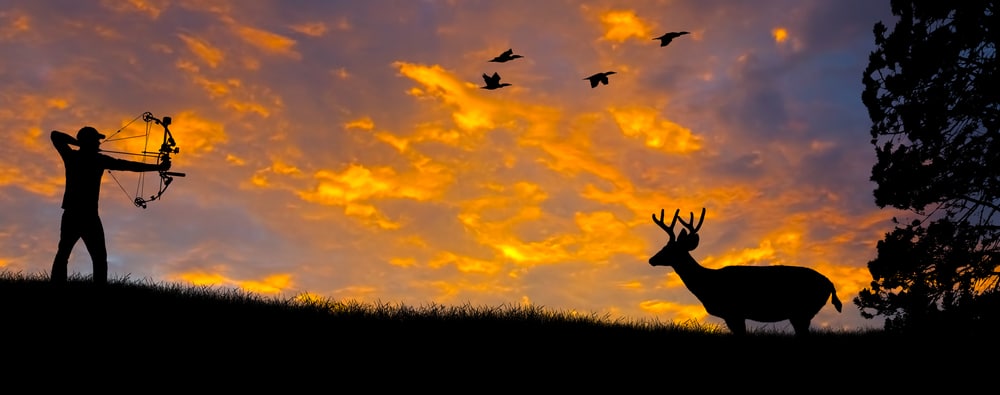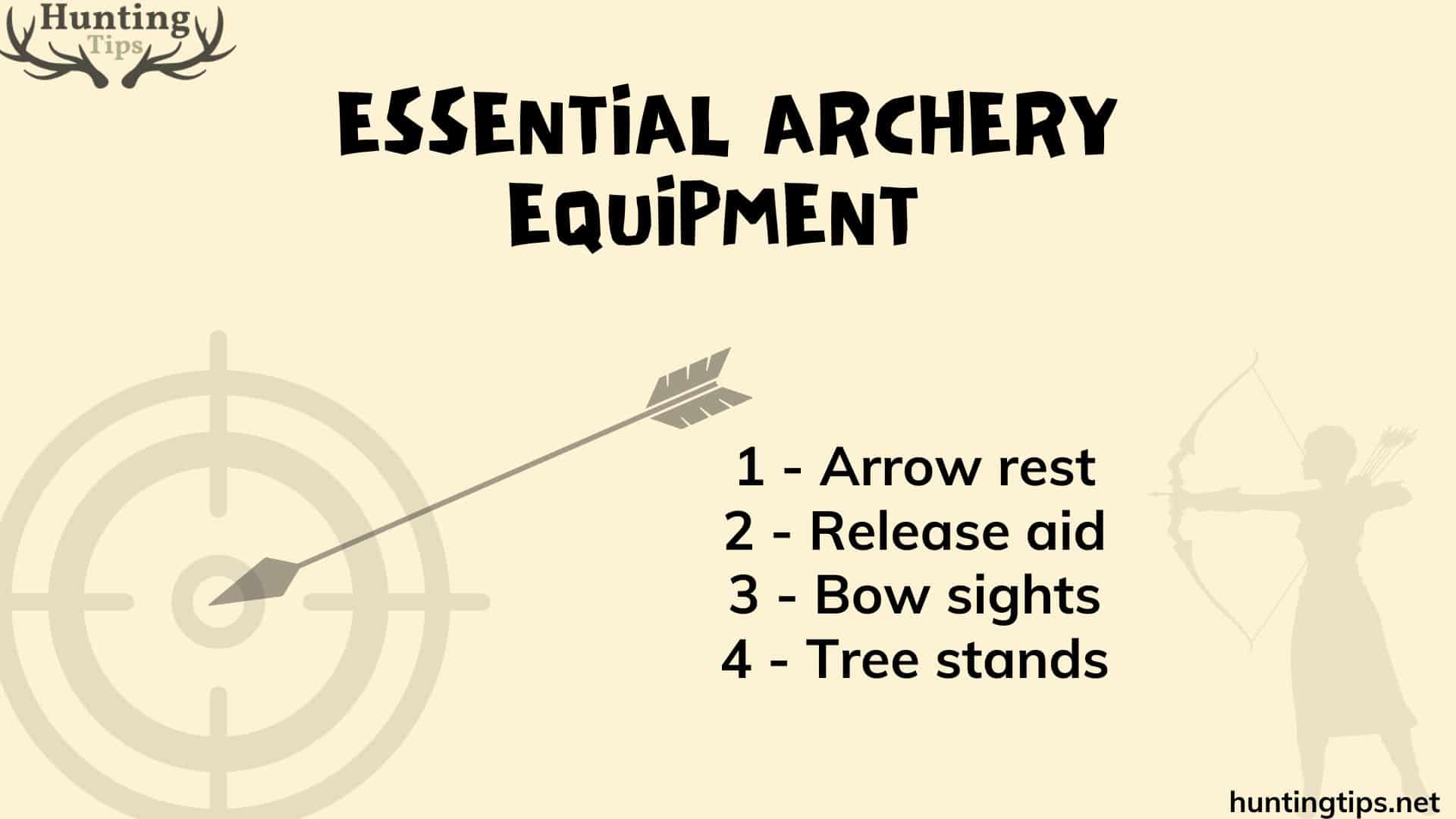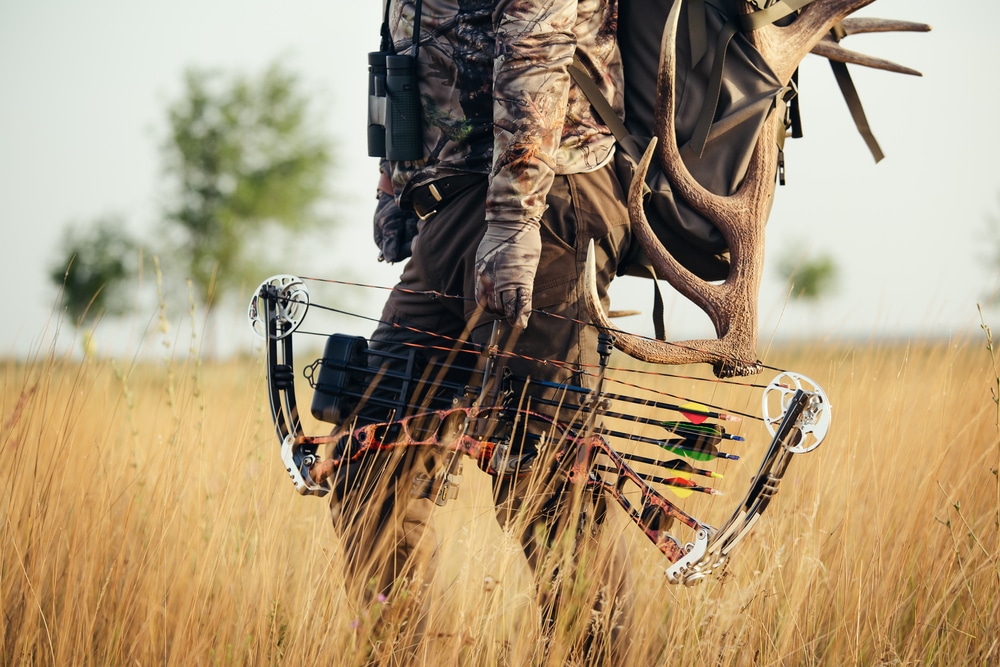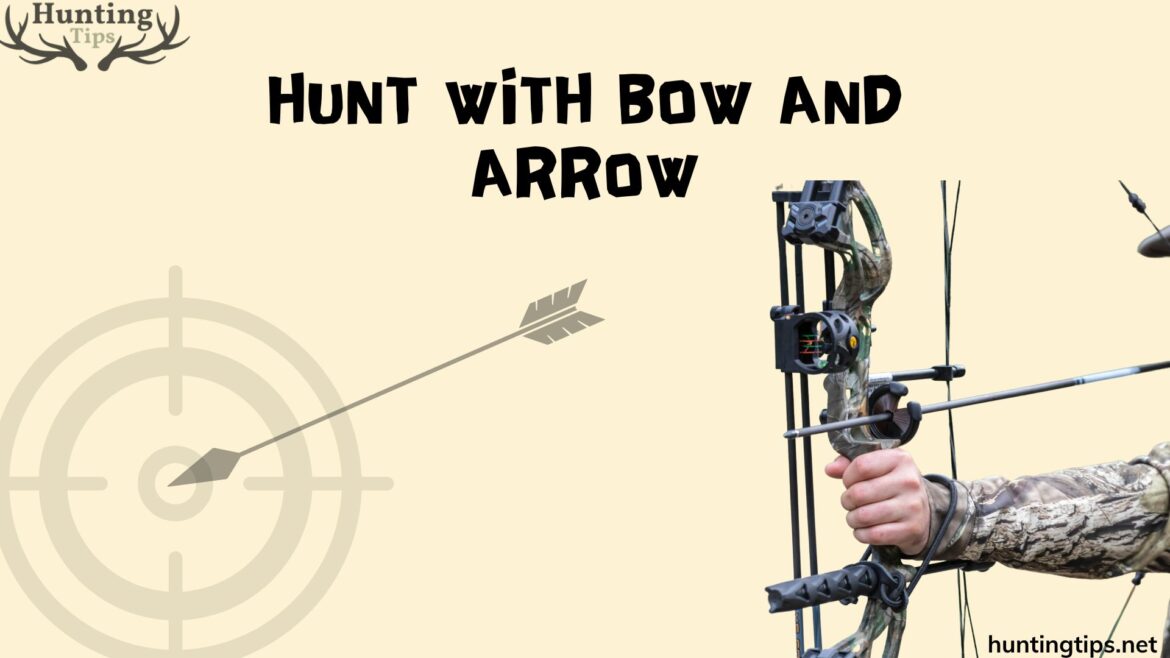Table of Contents
Are you ready to embrace the primal thrill of bowhunting? Picture yourself deep in the wilderness, the forest quiet except for the soft rustle of leaves. Your heart races as you spot your target, and with steady hands, you nock your arrow. The tension builds as you pull back the string, eyes locked on your quarry, before releasing the arrow in a seamless flow of power and precision. Hunt with bow and arrow isn’t just a sport—it’s a timeless connection between hunter and nature, an ancient tradition that demands skill, patience, and respect for the outdoors. Whether you’re drawn to the challenge of outsmarting game or the peaceful immersion in the wild, this beginner’s guide will walk you through everything you need to know. From choosing the right bow to mastering your aim and understanding ethical hunting practices, we’ll prepare you to take that first shot with confidence. Ready to draw, aim, and conquer the hunt? Let’s dive into the world of bowhunting and discover how to make your mark. 
Choosing Your Bow
The first step in learning how to hunt with a bow and arrow is choosing the right bow for you. The most common type of bow used in modern hunting is the compound bow, which offers better accuracy and power compared to traditional bows. It has cams or pulleys that make it easier to hold the bow at full draw, reducing fatigue and allowing for more precise shots.
If you prefer a more traditional approach, you might consider using a wooden bow. While it doesn’t offer the same technological advantages as a compound bow, hunting with a wooden bow requires more skill and can deepen your connection to the historical roots of archery.
If you want to know about the best hunting arrows, it’s essential to delve into the various types available and their respective advantages. Selecting the right arrow can significantly impact your success in the field, making it crucial to consider several factors. For this we have listed the best hunting arrows in 2024 lets have a quick look.
Understanding Draw Weight and Draw Length
Before you purchase a bow, it’s important to understand draw weight and draw length. Draw weight refers to the amount of force required to pull the string back to full draw. A higher draw weight provides more power, but it can also be more challenging to handle, especially for beginners. It’s important to start with a draw weight that you can comfortably manage.
Draw length is the distance between the bowstring and the bow’s grip when the archer is at full draw. This measurement is unique to each archer, so it’s critical to have your draw length properly measured at an archery shop. Having the correct draw length ensures your shots are accurate and that you don’t strain your muscles unnecessarily.
Essential Archery Equipment

When embarking on your archery hunting for beginners journey, there are several key pieces of archery equipment you will need:
Arrow rest: This is the support that holds your arrow in place while you draw and release. A good arrow rest ensures better accuracy.
Release aid: A device that helps you release the bowstring smoothly, increasing precision and reducing hand fatigue.
Bow sights: These help you aim more accurately by providing reference points for aiming.
Tree stands: These are used to give hunters a vantage point from above, which is particularly useful in deer hunting.
Hunter Education and Licensing
Before heading out into the field, it’s crucial to complete a hunter education course. Many states require this for obtaining a hunting license, and it teaches valuable safety and ethical practices. Some programs also offer specific training on bow hunting how to, ensuring that you understand the intricacies of hunting with a bow and arrow.
Once you’ve completed the education course, you’ll need to apply for a hunting license. Licenses vary by region and the type of game you intend to hunt, so be sure to check local regulations.
Bowhunting Techniques and Skills
Learning how to bow hunt effectively takes time and practice. Developing your hunting skills starts with mastering basic shooting techniques. This includes practicing drawing the bow, holding it at full draw, and releasing the arrow smoothly. Visiting an archery shop for tips or taking a class can help you refine your technique.
You’ll also need to understand bowhunting gear and how to care for it. Keep your bowstring waxed and your arrow rest and release aid in good condition to ensure they function properly in the field.
Small Game and Deer Hunting
As a beginner, starting with a small game hunt is a great way to gain experience before moving on to larger animals. Rabbits, squirrels, and other small creatures provide excellent practice opportunities for improving your aim and stalking techniques.
Once you’re ready for a bigger challenge, deer hunting is the next step. Hunting deer requires a deep understanding of the animal’s behavior, the ability to remain patient in a tree stand, and mastery of shooting at various distances using bow sights. 
Bowhunting Legends – Saxton Pope and Dr. Pope
Anyone interested in archery hunting for beginners should learn about Saxton Pope and Dr. Pope—two legends in the world of bow and arrow hunting. They were instrumental in bringing traditional bowhunting to the modern era and helped shape the techniques used today.
Preparing for the Hunt
When you’re ready to head out for your first bow and arrow hunt, preparation is key. Make sure you have all the necessary bowhunting gear and have spent time practicing your shots at different distances. Ensure your archery equipment is in excellent condition, from the arrow rest to your release aid.
Scouting the area before your hunt is also important. Look for deer trails, feeding areas, and signs of activity. Setting up a tree stand near these areas increases your chances of a successful hunt.
Ethics and Conservation
As you embark on your journey to hunt with bow and arrow, always keep ethical hunting practices in mind. Follow local hunting regulations, and make every effort to ensure that your shots are clean and humane. Proper shot placement is vital when using a bow and arrow, as it minimizes the suffering of the animal.
Many beginners wonder how to bow hunt while maintaining the balance between tradition and modernity. Whether you choose a compound bow or a wooden bow, the essence of hunting with bow and arrow remains the same—it’s about skill, patience, and respect for the land and its wildlife.
Conclusion
Hunt with bow and arrow requires dedication and practice, but it can be one of the most rewarding ways to experience the great outdoors. As a beginner, focus on mastering your archery equipment, understanding draw weight and draw length, and improving your hunting skills. Start with a small game hunt to build confidence before moving on to deer hunting. With time, practice, and the right guidance, you’ll discover the art of hunting with bow and arrow is an enriching adventure.


